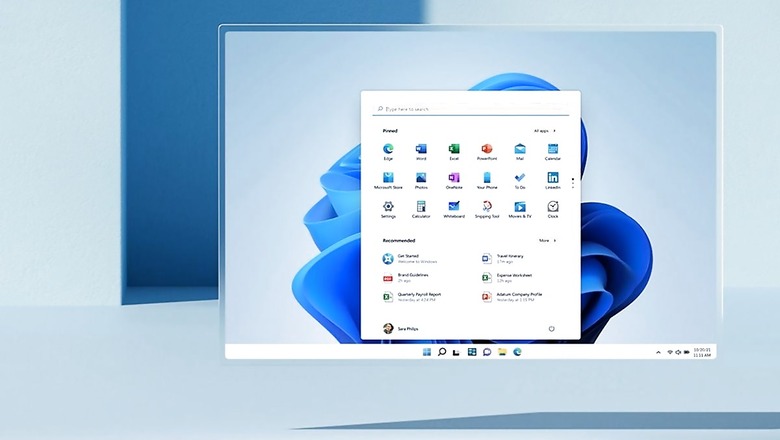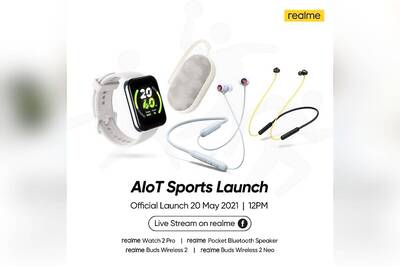
views
Microsoft has really left no complications with the Windows 11 upgrades as the tech giant announced the new version of the Windows operating system. At least if you are someone who already has a PC that runs Windows 10. The new Windows 11 will roll out later this year and PCs that already run Windows 10 will be able to download and install the new OS, mostly seamlessly. This carries on the tradition that Microsoft set in 2015 with Windows 10, that was offered as a free update to Windows 7 and Windows 8.1 PCs. But what if you have an older PC right now, that still runs Windows 7, for instance? There is absolutely no word so far on that. But there is a PC Health Check app that might be of some help.
Windows 11 will be available for download, once the final version releases to consumers later this year, via Windows Update on the PCs. Much in the same way Windows 10 updates arrive right now, and you may most likely find Windows 11 in due course, listed in the optional updates list. The minimum hardware requirements for Windows 11 PCs to be able to run the new OS, albeit after sacrificing some functionality in case you’re just meeting the baseline, include a 1GHz processor, at least 4GB RAM and at least 64GB storage. The system firmware needs to be UEFI and Secure Boot capable, while the graphics card, whether integrated or discreet, needs to be compatible with DirectX 12 or later. Computing devices with screen sizes smaller than 9-inches and resolution less than 720p will not be compatible with Windows 11.These are the larger system requirements that need to be ticked off.
There are further feature specific requirements, that will dictate whether you can run certain Windows 11 functionality or not. For instance, 5G connectivity will require a built-in 5G modem, something we have seen off late with laptops that have built-in SIM slots for LTE connectivity. For Auto HDR for videos and gaming, the display will need to be HDR capable. The Snap three column layouts for multi-tasking require a display with at least 1920 pixels in width. The Presence functionality will ask for a sensor that can detect human distance from device or intent to interact with device while Microsoft Teams calls will need a video camera, microphone and speaker for audio output.
Earlier, we had debated what route Microsoft would take for Windows 11 upgrades for Windows 10 users, and all indications pointed to the same route that the tech giant took with Windows 10 a few years ago—a free upgrade and you won’t have to pay a dime for the new OS. You might ask at this time, for how long the free upgrade option will be available for Windows 10 users to make the switch to the newer Windows 11? Microsoft doesn’t have an exact window (no pun intended) to share with you but says that this offer will be active for at least one year from the date of release of Windows 11 for consumers. With Windows 10 upgrades as well, Microsoft had initially said that the free upgrades will be available for one year, but that continued well after that too. “The free upgrade offer does not have a specific end date for eligible systems. However, Microsoft reserves the right to eventually end support for the free offer. This end date will be no sooner than one year from general availability,” says Microsoft. If you want to read more about what’s new in Windows 11 and what you really should be looking out for, you must head here and here.
Read all the Latest News, Breaking News and Coronavirus News here.




















Comments
0 comment